Tag
Your Kids

Have you ever walked into your child’s classroom and noticed a musty odor, a strong cleaner smell or fragrance? Does your child complain of headaches in class when kids are using dry erase markers at their desks?
These are clues to indoor air quality (IAQ) issues at school. If the air inside is unhealthy, health problems can result such as fatigue, headaches, asthma episodes and allergic reactions.
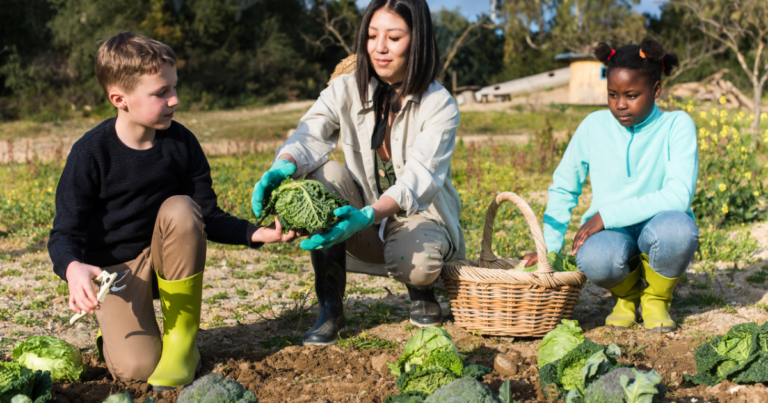
With warming soil temperatures and last frost, the month of April shouts garden time! Children can be helpful garden companions and there is much in the garden to delight them and you.
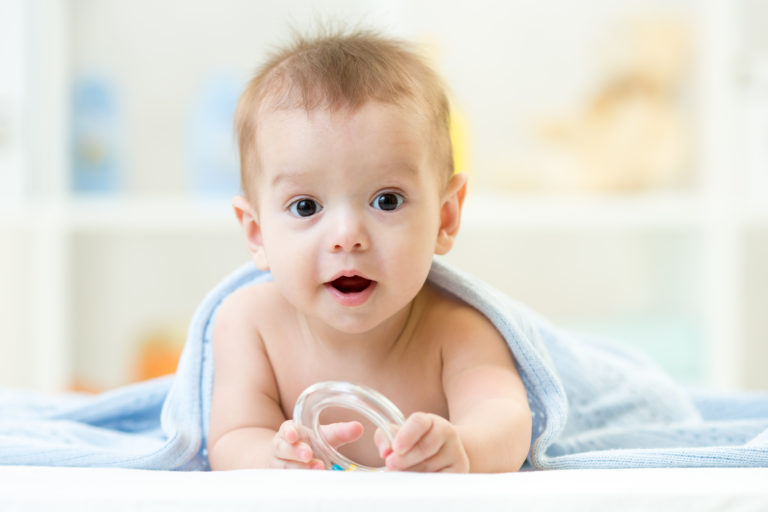
The US Consumer Product Safety Commission is warning consumers, especially pregnant women and young children, to avoid kids’ products, electronics, mattresses, and home furniture that contain certain toxic flame retardants, known as organohalogens.
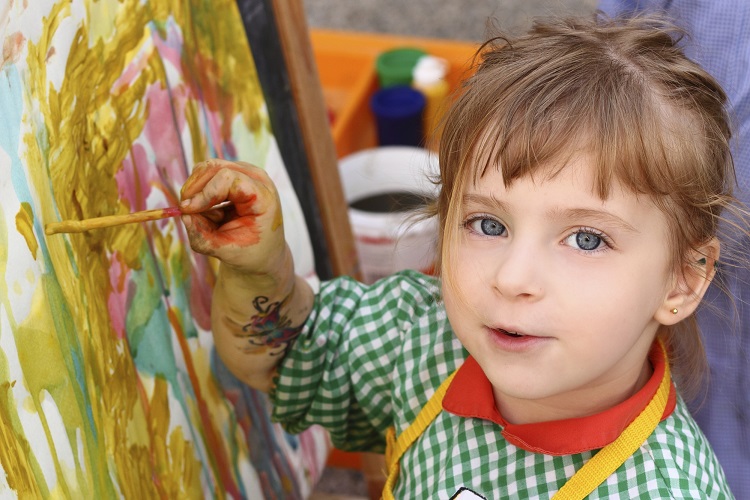
Which dry erase markers are the safest? How toxic are the fumes? What are the safest adhesives for children to use? Do crayons contain lead? Are crayons non-toxic? What art products are acceptable for children to use?
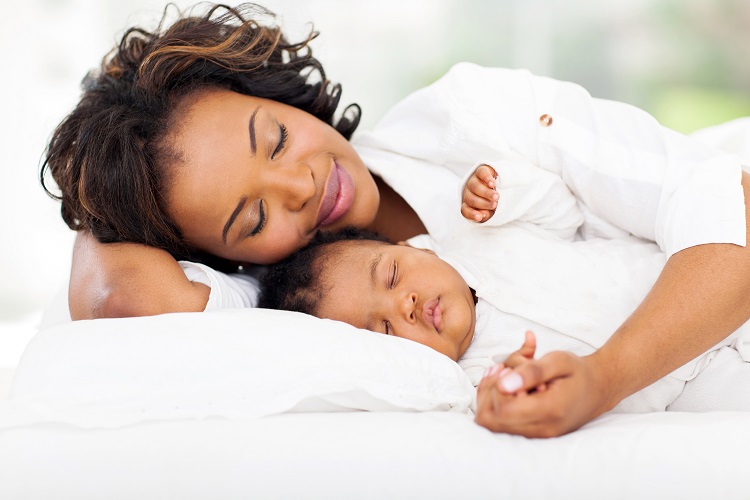
Read about choosing safer mattresses and changing pads.
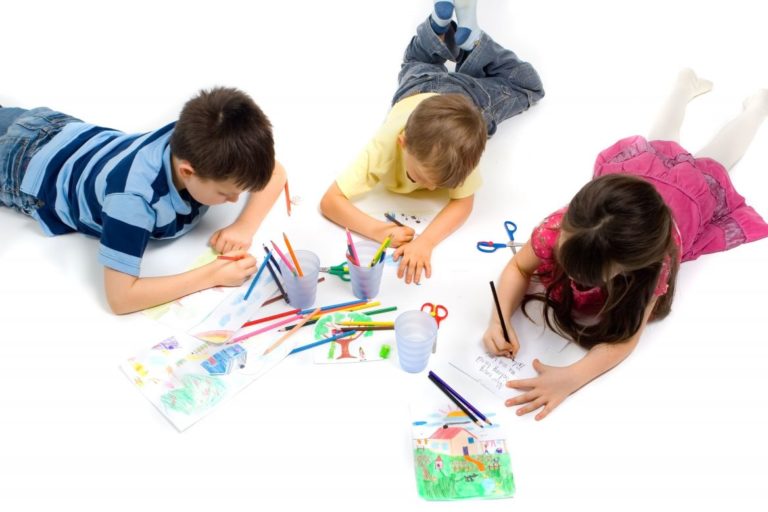
Read about choosing safer art and craft supplies.
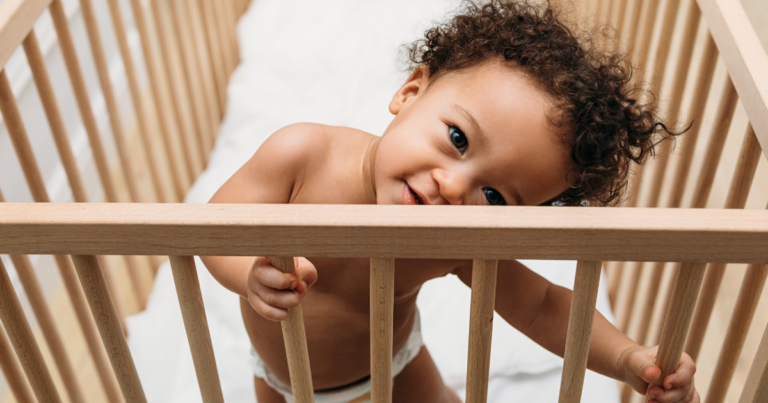
Gearing up for a newborn? We’ve got tips for safer baby products and essentials that will help you navigate the must-haves with an eye toward healthier products for your little one.
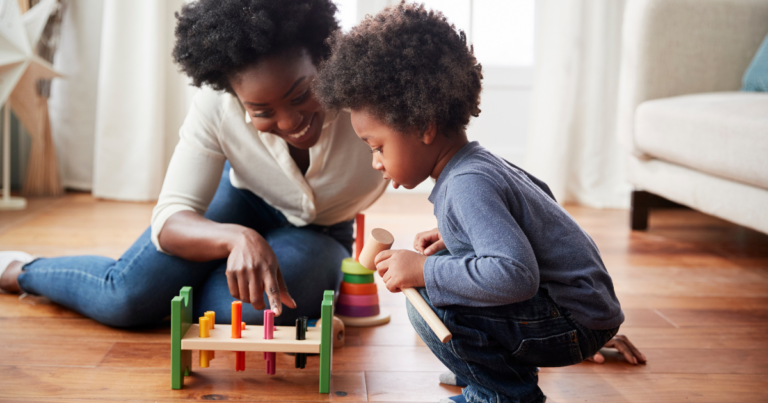
Toys should inspire imagination, creativity, and fun! However, inadequate protections for products mean that toys, even those made for very small children, can contain hazardous chemicals and plastics.
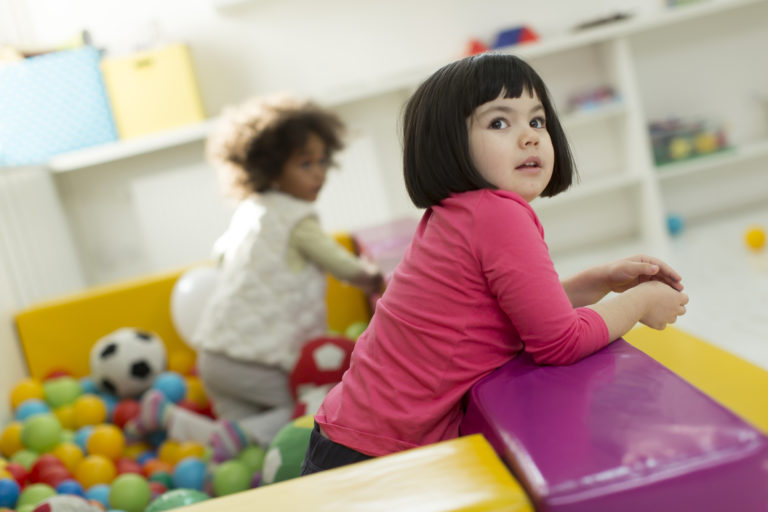
Finding great childcare requires a bit of detective work and delicate balancing as parents weigh priorities. Consider placing environmental health near the top of your checklist to minimize children’s exposure to harmful chemicals. Here are ten questions to ask.

